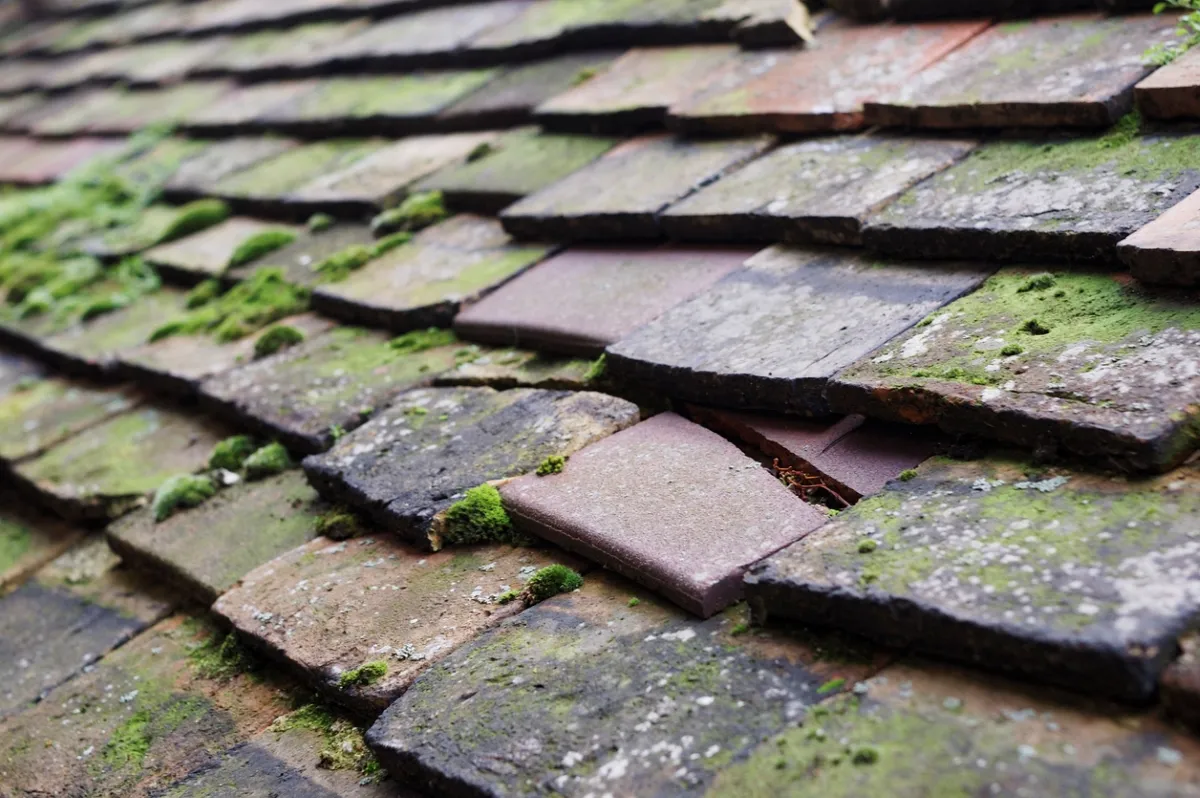A well-maintained roof not only enhances the appearance of your home but also plays a crucial role in protecting its structural integrity. However, one common issue that homeowners face is the growth of moss on their roofs. While moss may seem harmless at first, it can lead to significant problems if left unchecked. Removing moss from your roof is essential for preserving its longevity, maintaining curb appeal, and preventing costly repairs.
Understanding Roof Moss Growth
Moss thrives in damp and shaded environments, making rooftops an ideal breeding ground, especially in regions with high humidity or frequent rainfall. It often starts as a thin layer but can quickly spread, covering large sections of shingles or tiles. Roofs that receive minimal sunlight, particularly those shaded by trees, are more susceptible to moss growth. Over time, moss retains moisture, which can weaken roofing materials and create a breeding ground for mold and algae.
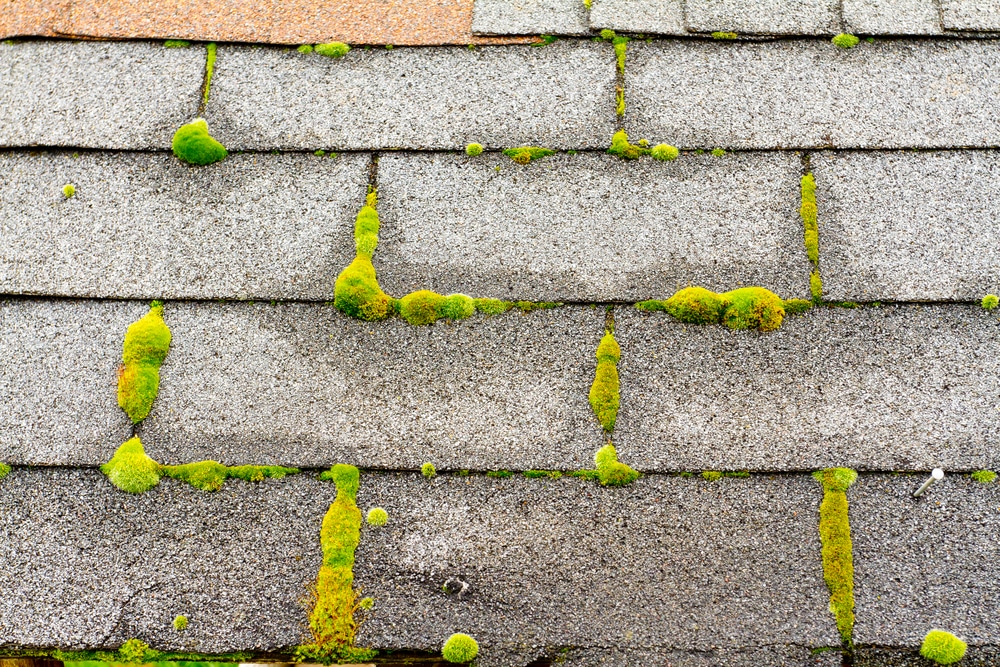
The Risks of Moss on Your Roof
Beyond aesthetics, roof moss presents several structural and financial risks. As moss accumulates, it traps moisture against the roof’s surface, causing shingles to deteriorate. This trapped moisture can lead to the breakdown of roofing materials, resulting in leaks and potential water damage inside the home. Additionally, moss can lift shingles, exposing the underlayment to rain and debris, further accelerating roof damage.
If left untreated, moss can contribute to clogged gutters, creating drainage issues that may lead to water pooling around the foundation of the house. The added weight and moisture retention caused by moss can also shorten the lifespan of the roof, leading to expensive repairs or even premature replacement.
Effective Methods for Removing Roof Moss
There are several approaches to roof moss removal, each with its own benefits. Homeowners can choose between DIY solutions or hiring professionals, depending on the severity of the moss growth and the type of roofing material.
One common method is using a gentle cleaning solution made of water and a mild detergent, which can be sprayed onto the affected areas and scrubbed off with a soft brush. A mixture of water and white vinegar or diluted bleach can also be effective in killing moss, but care must be taken to avoid damaging the surrounding vegetation.
Pressure washing is another technique often considered for moss removal, but it should be used with caution. High-pressure washing can dislodge shingles or force water under the roofing layers, leading to leaks and further damage. For this reason, many roofing professionals recommend using a low-pressure wash or soft washing method to safely clean the roof.
For homeowners who prefer a long-term solution, zinc or copper strips can be installed along the roof ridge. When it rains, these metals release particles that inhibit moss growth, preventing it from returning. While this method may not remove existing moss, it serves as an effective preventive measure.
Professional Roof Moss Removal Services
Although DIY moss removal may be an option for some homeowners, hiring a professional service ensures the job is done safely and effectively. Roofing specialists have the expertise and equipment to remove moss without causing damage to the roof. They can also apply protective treatments to slow regrowth and provide additional maintenance tips.
Professional roof cleaning services typically use environmentally friendly treatments that kill moss while minimizing harm to the surrounding landscape. In cases where moss has caused extensive damage, professionals can assess the condition of the roof and recommend necessary repairs or replacements.
Preventing Moss Growth on Your Roof
Once moss has been removed, taking preventive measures can help keep your roof in good condition for years to come. Trimming overhanging tree branches allows more sunlight to reach the roof, reducing the damp conditions that encourage moss growth. Regular roof inspections and cleaning can also prevent moss from becoming a recurring issue.
Improving roof ventilation is another effective strategy, as it helps to keep the surface dry and reduces moisture buildup. Installing a moss-resistant roofing material, such as algae-resistant shingles, can be a long-term investment for homeowners in moss-prone areas.
Applying moss prevention treatments, such as a specialized roof coating or moss-killing chemicals, can further protect the roof. These treatments should be reapplied periodically to maintain their effectiveness.
The Importance of Regular Roof Maintenance
Routine roof maintenance is essential for keeping your home in top condition. Moss is just one of many issues that can affect a roof, and neglecting regular inspections can lead to more severe problems. Checking for loose or damaged shingles, clearing gutters, and addressing any signs of water damage can help extend the lifespan of the roof and prevent costly repairs.
For homeowners in areas with frequent rainfall or high humidity, scheduling an annual professional roof inspection is a wise decision. This allows experts to identify and address any early signs of moss growth or other potential roofing issues before they escalate.
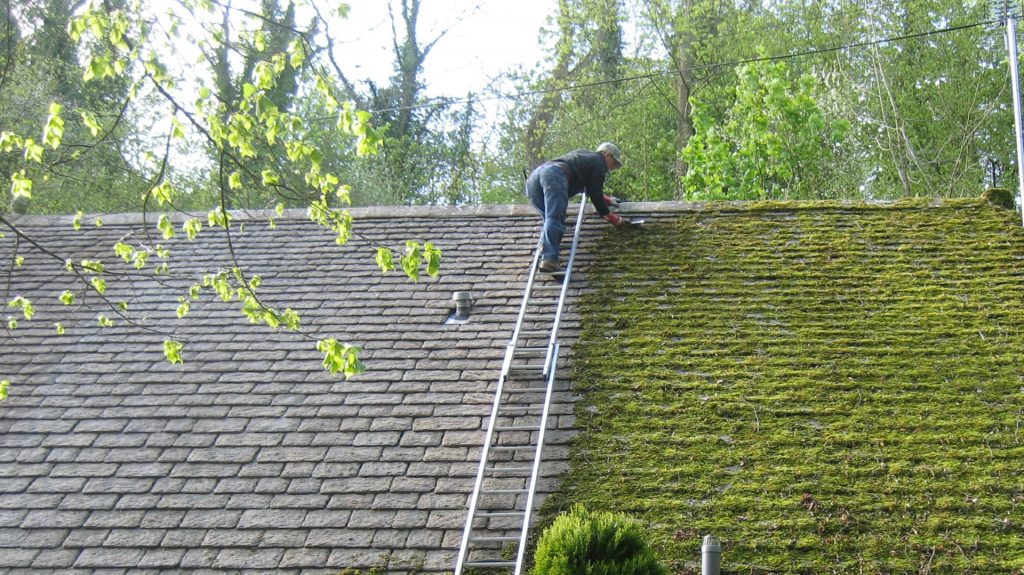
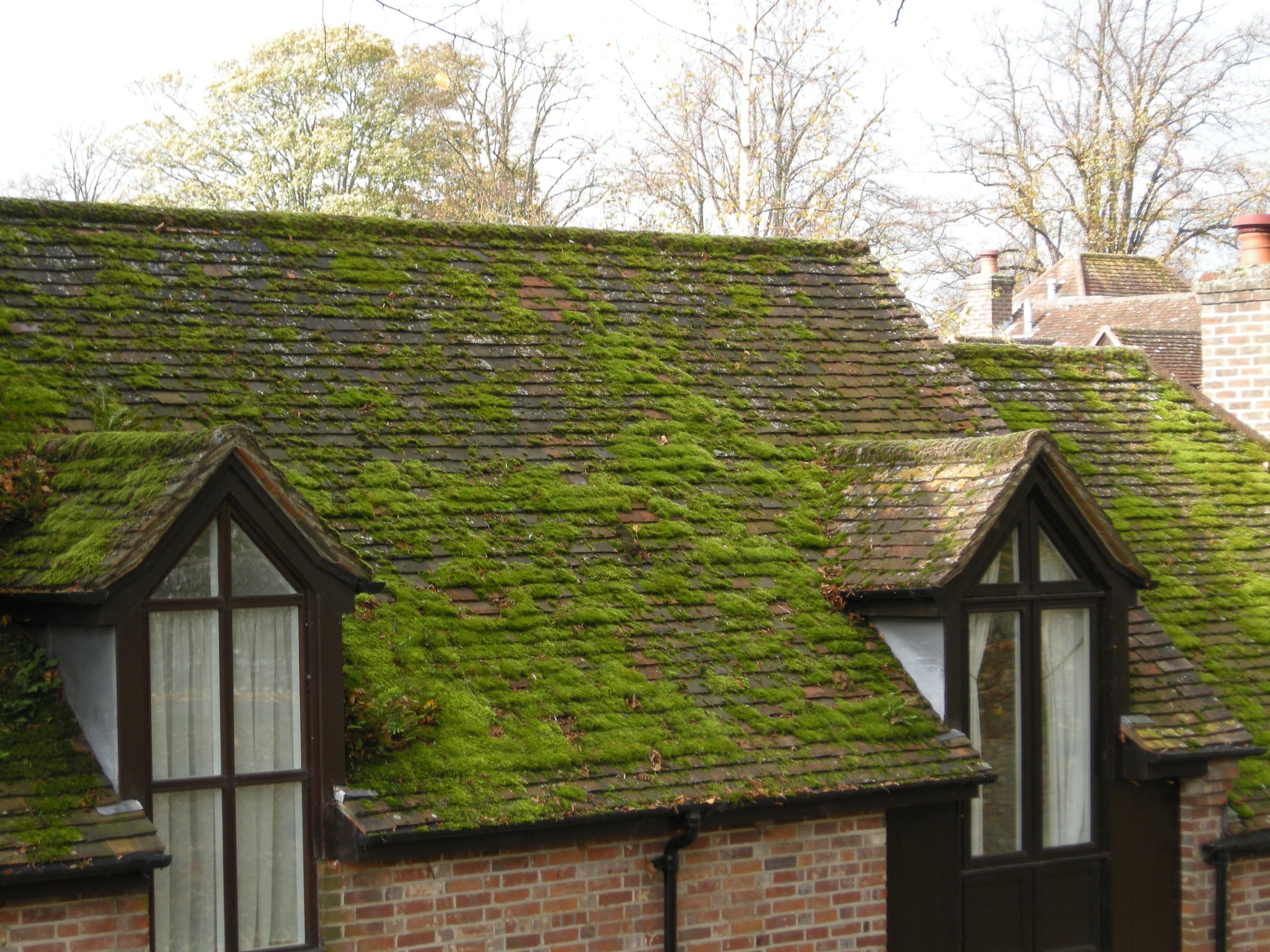
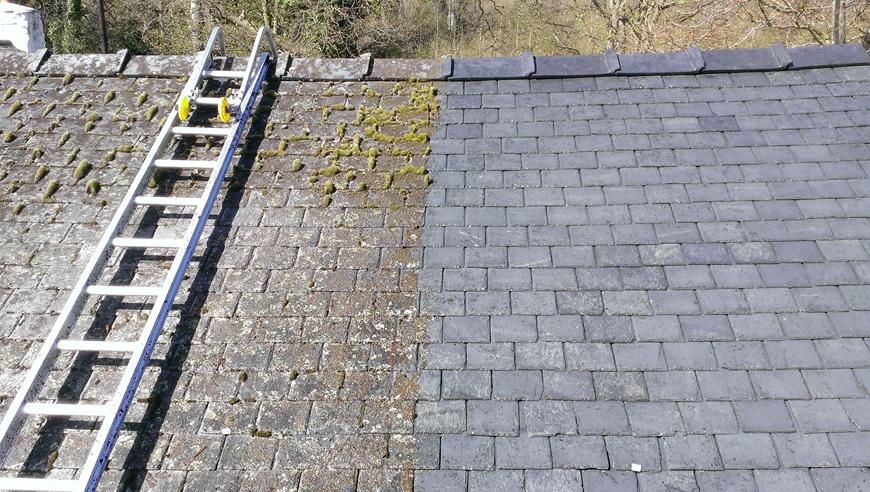
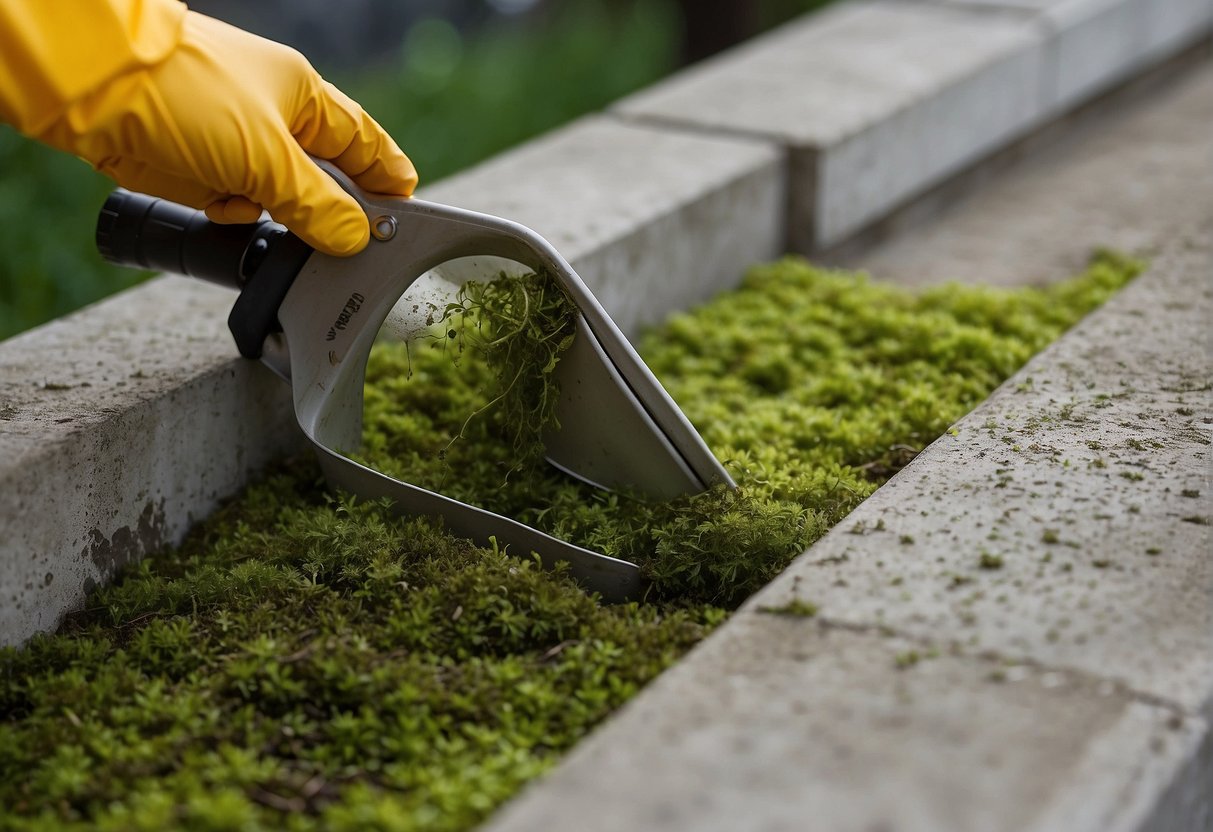
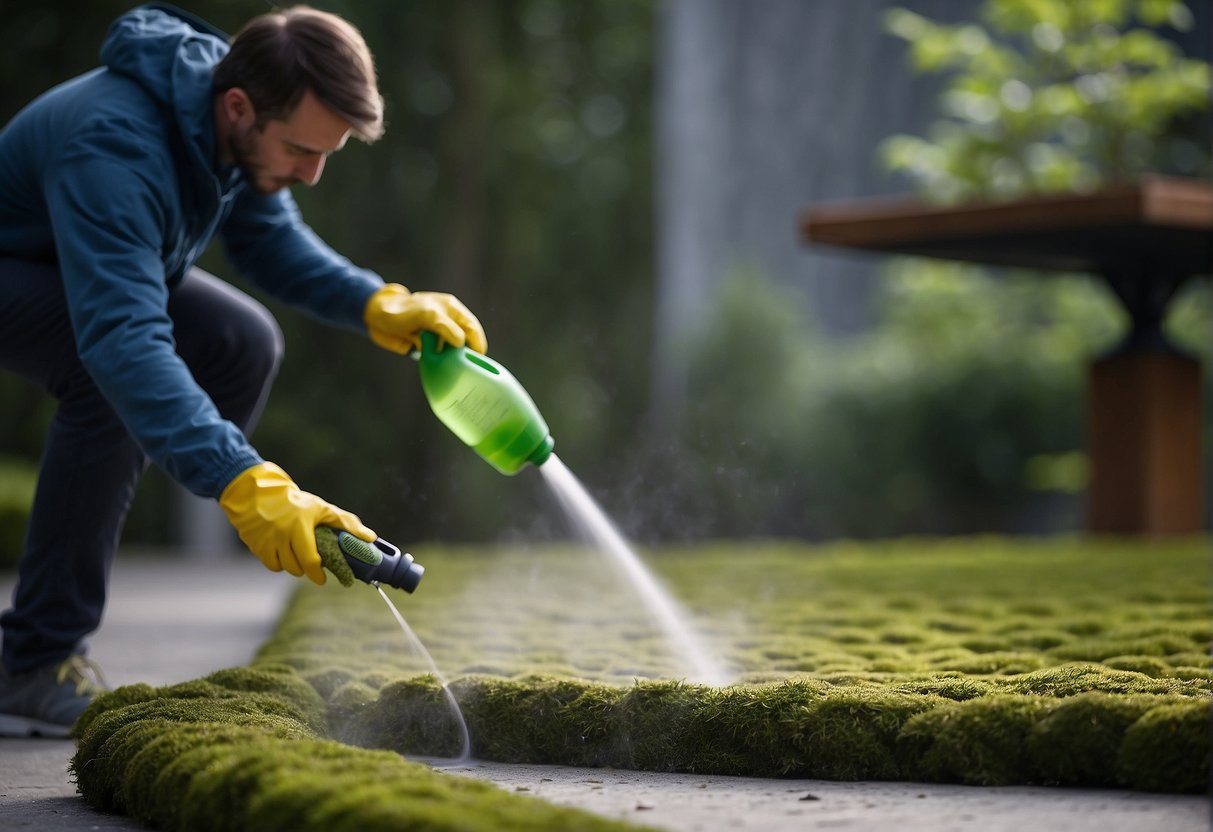
 Once moss has been removed, taking preventive measures can help ensure it does not return. One of the most effective strategies is to increase sunlight exposure by trimming overhanging tree branches. This reduces shade and allows the roof to dry more quickly after rain or condensation.
Once moss has been removed, taking preventive measures can help ensure it does not return. One of the most effective strategies is to increase sunlight exposure by trimming overhanging tree branches. This reduces shade and allows the roof to dry more quickly after rain or condensation.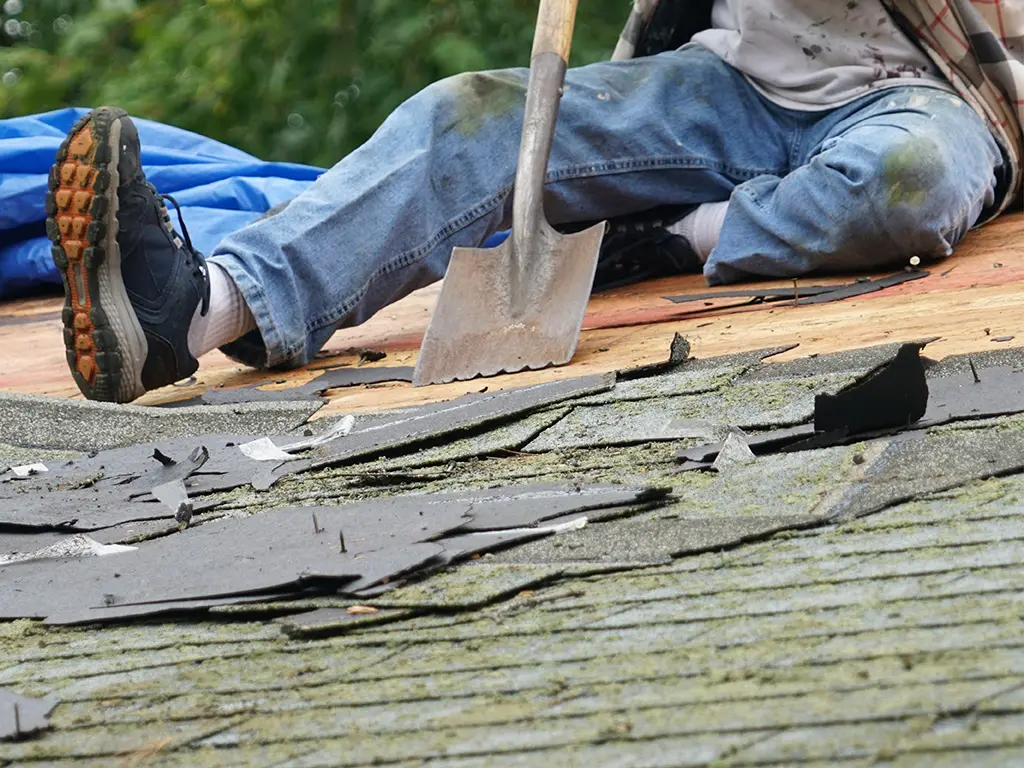
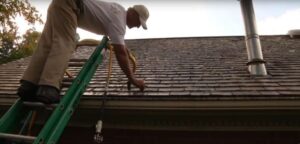 A moss-covered roof can make a property look neglected and unkempt. Over time, green patches of moss spread across the surface, giving the impression of poor maintenance. This can negatively impact the overall aesthetic of a home or commercial building, reducing its curb appeal.
A moss-covered roof can make a property look neglected and unkempt. Over time, green patches of moss spread across the surface, giving the impression of poor maintenance. This can negatively impact the overall aesthetic of a home or commercial building, reducing its curb appeal.